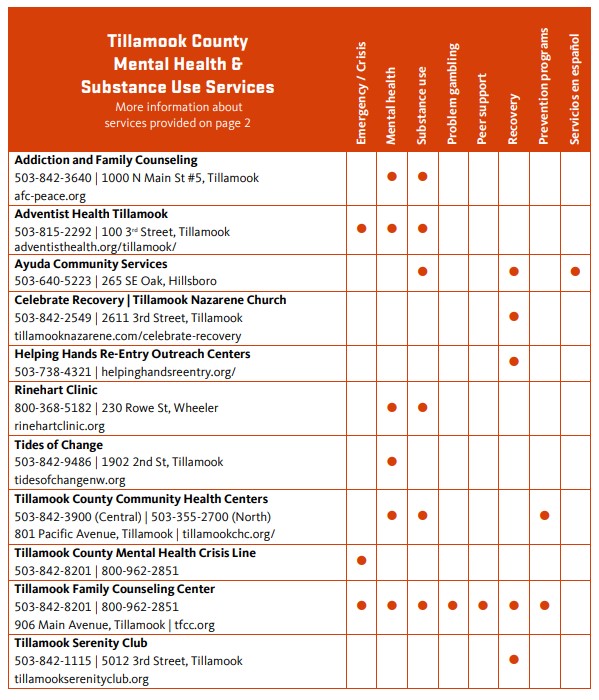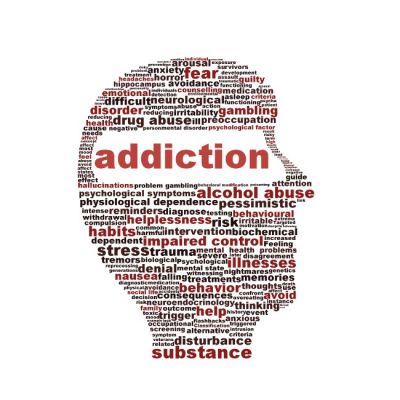
By Jan Boal, RN
Our nation is havocked by addiction. Streets of most every town and city lined with the homeless. Most of whom are afflicted with mental illness and or addiction. The latter being, once one is addicted it effects their mental health as well as physical health.
Do we point fingers, make judgements on these worthless addicts who are weak and suck our system dry? No, many do not know what they do not know. All of the addicted are human beings with families, love ones, partners and friends. They are all ages, sizes, shapes and color with different backgrounds. Has anyone ever met a person who shared “You know, I’ve always wanted to be an addict. Living a life feeling sick, lost, shameful, making poor choices that effect not just me but my family. Yeah that sounds cool!” Nah, me neither. How is it then that we got to this point in our country?
Addiction is, again one of my favorite topics, brain chemistry. Addiction does not happen because one is weak, raised poorly, selfish or got involved with the wrong crowd. Sure, some of these are potentiators to a predisposition along with genetics, but it is not that cut and dry.
These five most abused substances, opioids (pain medications, heroin), methamphetamines, cocaine, benzodiazapines (anti anxiety medications) and alcohol, all cause the brain receptors to become overstimulated. In leu of this, the brain then responds by producing less dopamine, the feel good neurotransmitter, since it already has this response from the substances mentioned. After prolonged use, even almost immediately with meth, the brain quits making dopamine and depends upon the drug use. When the substance is stopped, even after only a few hours with some heavy chronic use, the brain goes through withdrawals. It either needs dopamine or the drug. It takes time for the brain to be able to start reproducing dopamine again and not nearly at the level the receptors are screaming for. Much like what one would do if their airway became cut off, they claw and scratch at anything to be able to breath. The same with the brain needing to get it’s dopamine levels back up to functioning. This is addiction, a chemical reaction to what it does not have. It then becomes what is driving the bus sort to speak in order to get what it needs, reacting physically for relief. Those afflicted with addiction become so dire, their brains so dire, will do ANYTHING to relieve the withdrawal. The brain being the control center of our existence, demands to get what it needs in order to function. So you can see it has not so much with one not having enough will power but the power of the withdrawaling brain has over one’s will.
Sure, not engaging in any of these substances would prevent this situation but it isn’t that easy either. Pain killers, opioids, all have their place in helping our physical issues as well as benzodiazapines for mental issues. But long term use causes the brain to
become dependent on them. Addiction crosses all socio economic status, gender, age, religion and ethnicity. No one is immune but some are more at risk than others.
Trauma, poverty and genetics are leading risks. Those of higher economic means can usually hide it longer s they have more wiggle room to maneuever with getting their addictive needs met; money to purchase their drug, easier to hide in their busy lifestyle, healthier diets, nice homes for shelter and money to get into rehabilitation. Those is lower middle class and poverty do not have any of these. Usually surviving pay check to pay check. Thus one falls from where they are to the streets much quicker, with committing crimes to keep the addicted brain at ease. The availability of treatment centers for this population are in short supply, long waiting lists to get in, insurance plays a role as well as dual diagnosis – those with mental health illness and addiction.
The effects of addiction weighs heavily on families and communities. Erratic behaviors, increase fighting at home, financial stressors lead to an increase in domestic violence and burden on police as well as with an increase in crime, dealing with homeless addicts. Watching a loved one spiral down, children witnessing all of the above while the rest of the family and friends stand watching all of this and not able to stop it is devastating.
Next in Part 2 I will share information on the stages of addictions, what to watch for and lethality of withdrawals.
If you liked what you read or have questions please contact me at janboalrn@gmail.com.



